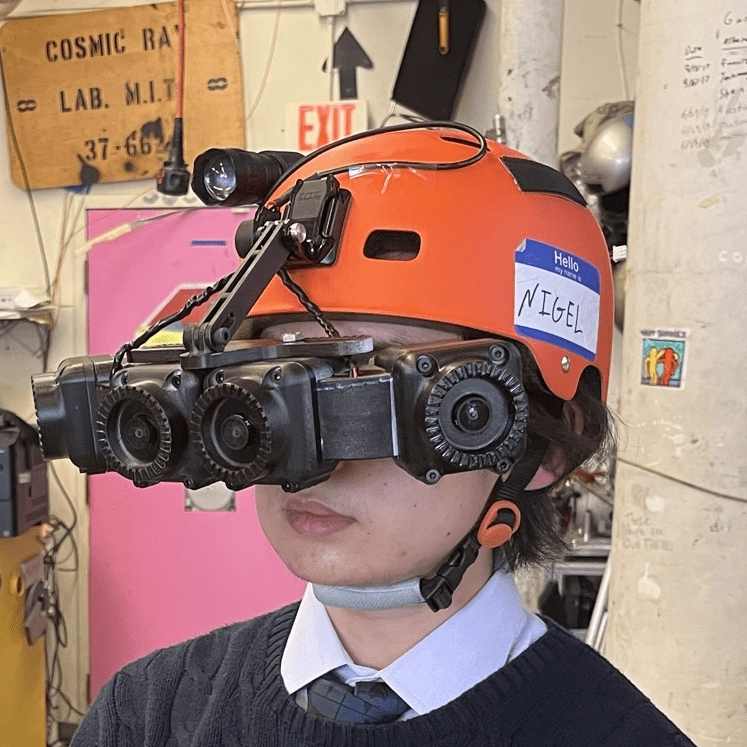

Hi, my name is Nigel Barnett. I am an undergraduate student at MIT in the class of 2025 studying aerospace engineering. I am currently on the MIT Rocket Team as the Liquid Prop team lead and work as an undergraduate researcher for the MIT Space Propulsion Lab. I enjoy designing, building, and testing things to understand the real-life aspects of engineering.
View Resume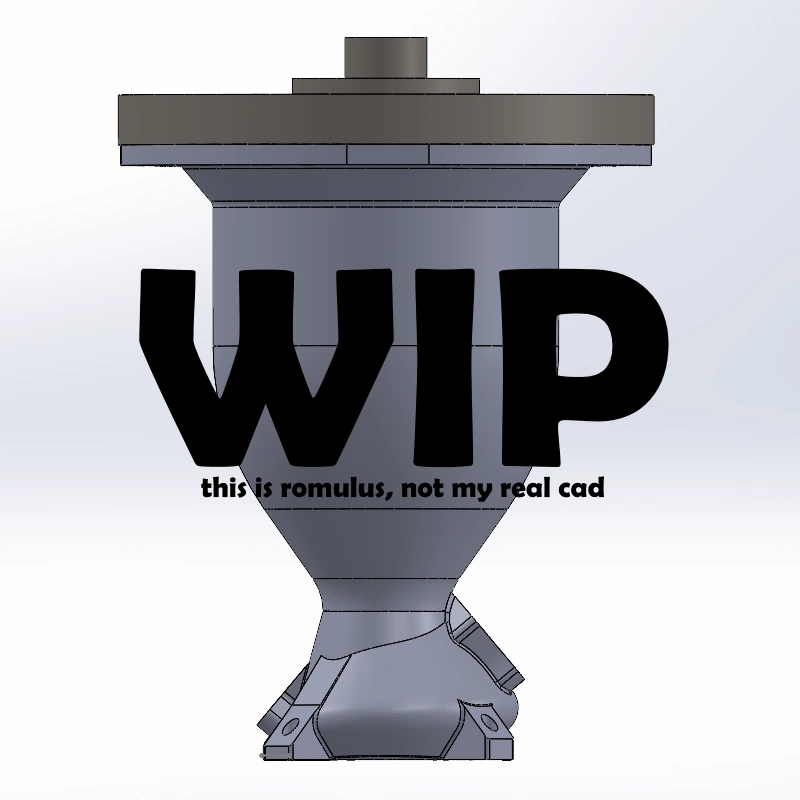
by working with my sub-team on Rocket Team to design a liquid rocket engine myself. And given the information I'm learning in 16.512 (Rocket Prop) this semester, I felt like I'd be better equipped to design an engine from first principles. I am going through the process of defining requirements, researching, and designing an engine with the intent of eventually manufacturing the design for a flight vehicle. The design is influenced by what I've worked with on Rocket Team and what I've seen accomplished by other teams and individuals.
to design a reusable bi-propellant rocket engine using LOX and Kerosene, which has either film cooling or a combination of film and ablative cooling. I'm designing with a 3kN thrust requirement for 5 seconds of burn time to power a 40kg rocket.
is fairly ambitious, given my current responsibilities. Still, I hope to figure out the design work by this academic year and potentially manufacture and test next year. I also want to design the rocket, including potential custom engine control and avionics hardware and software, which would make this all a very long-term project.
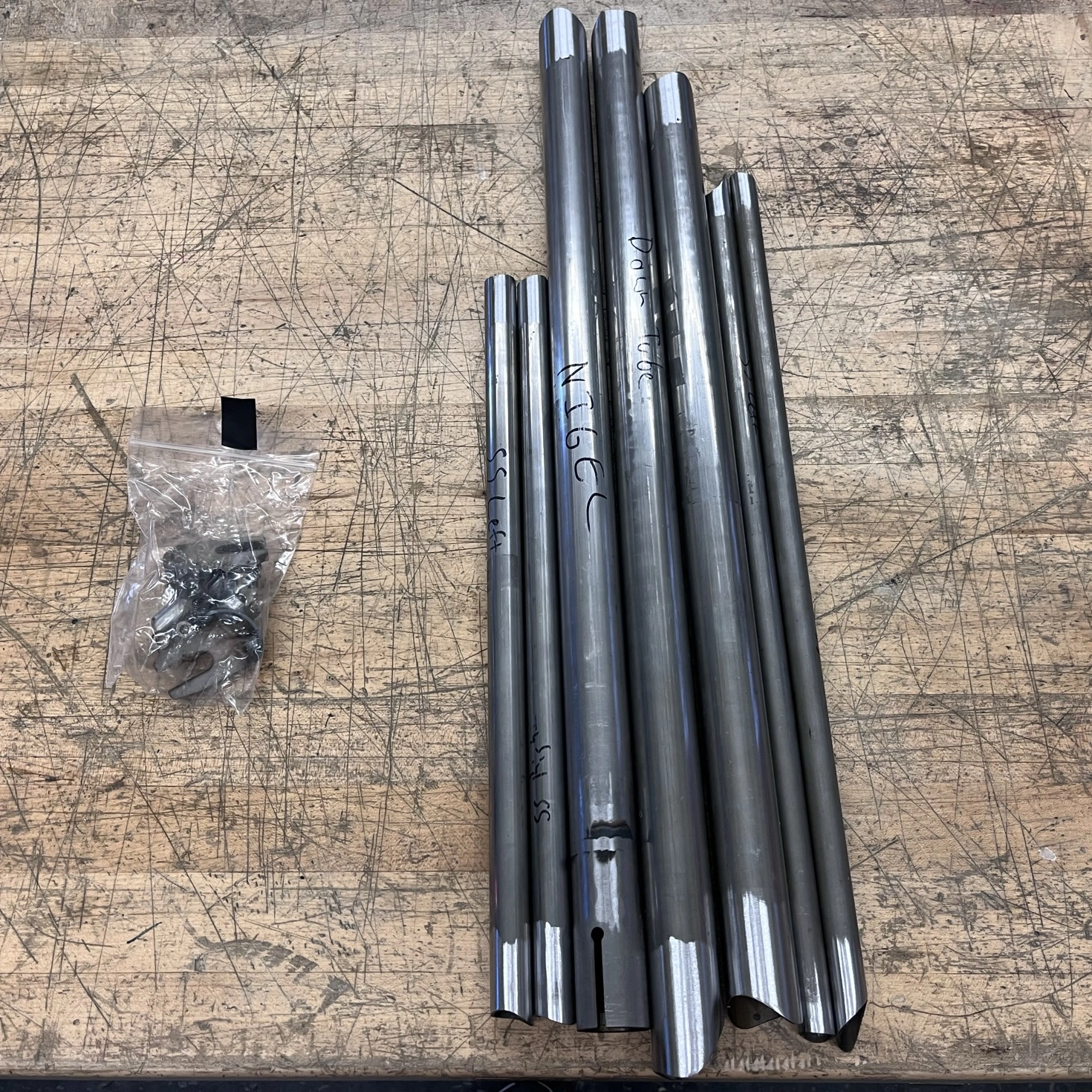
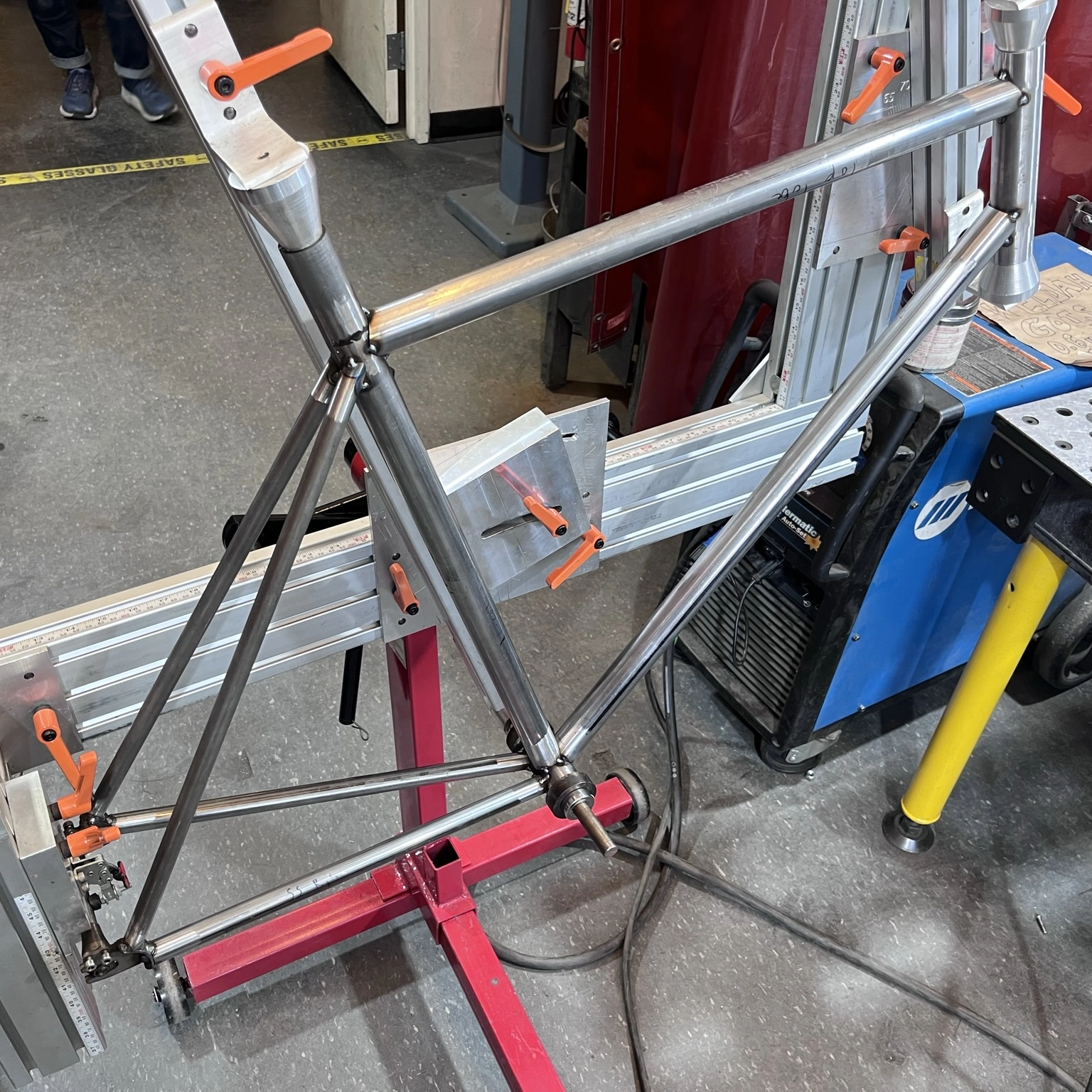
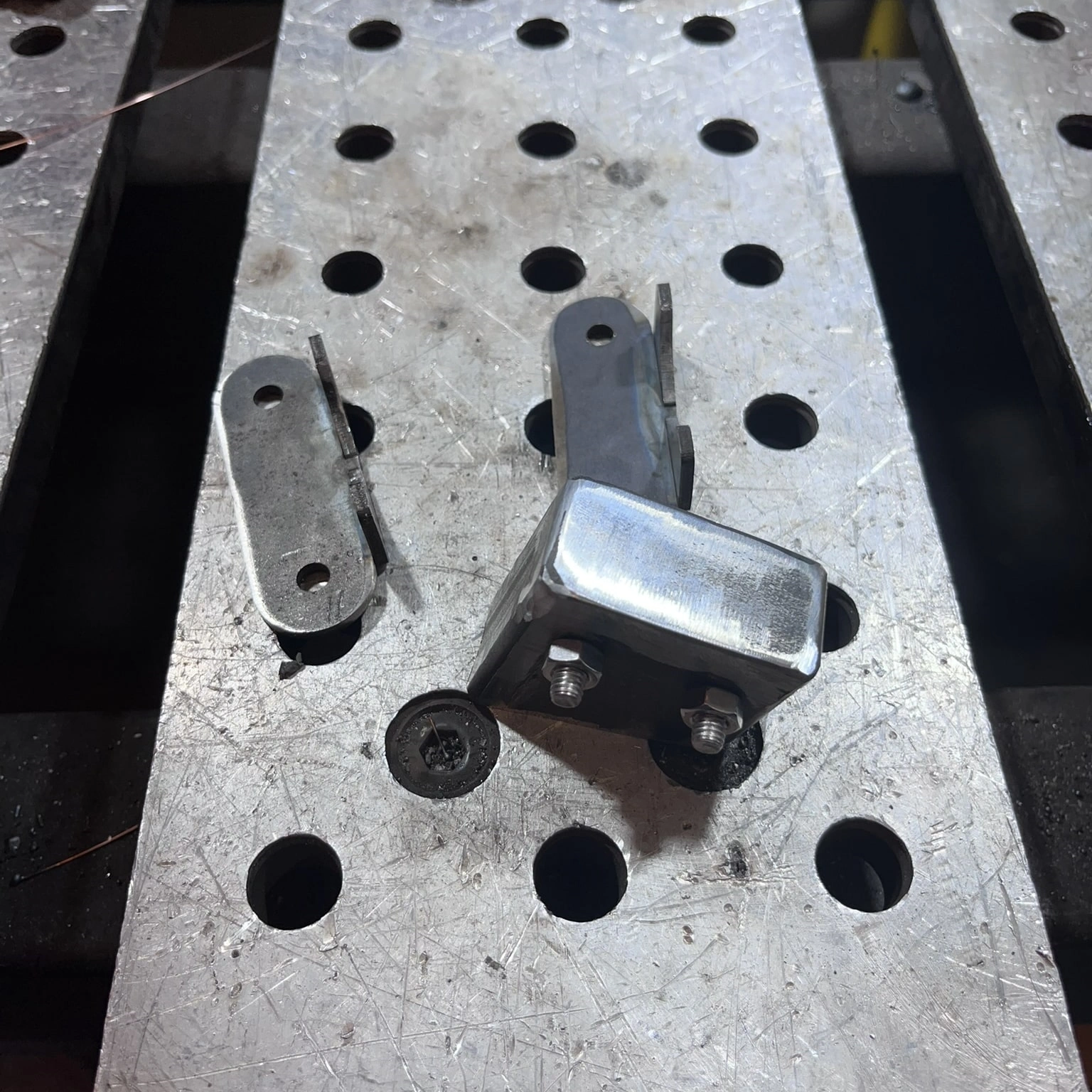
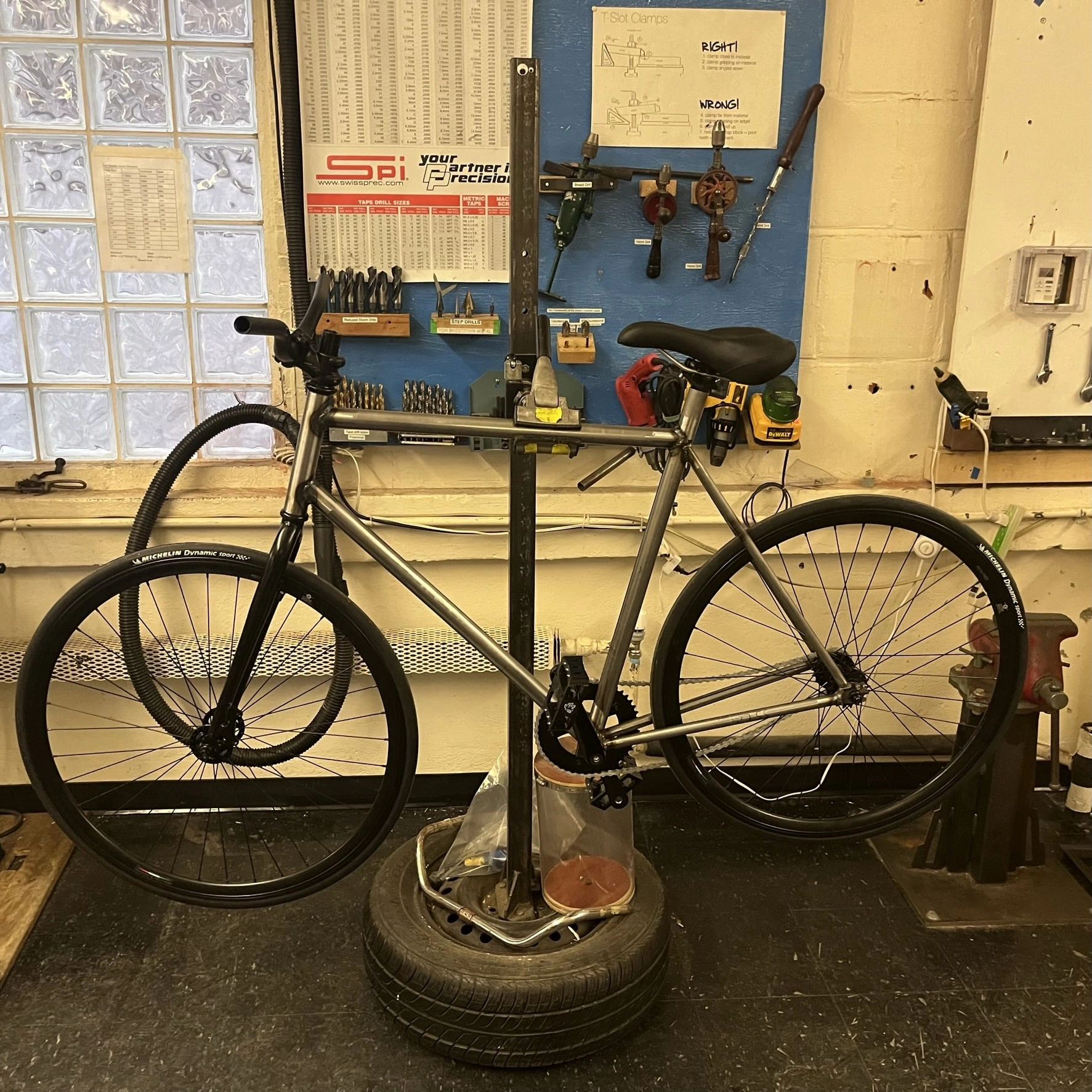
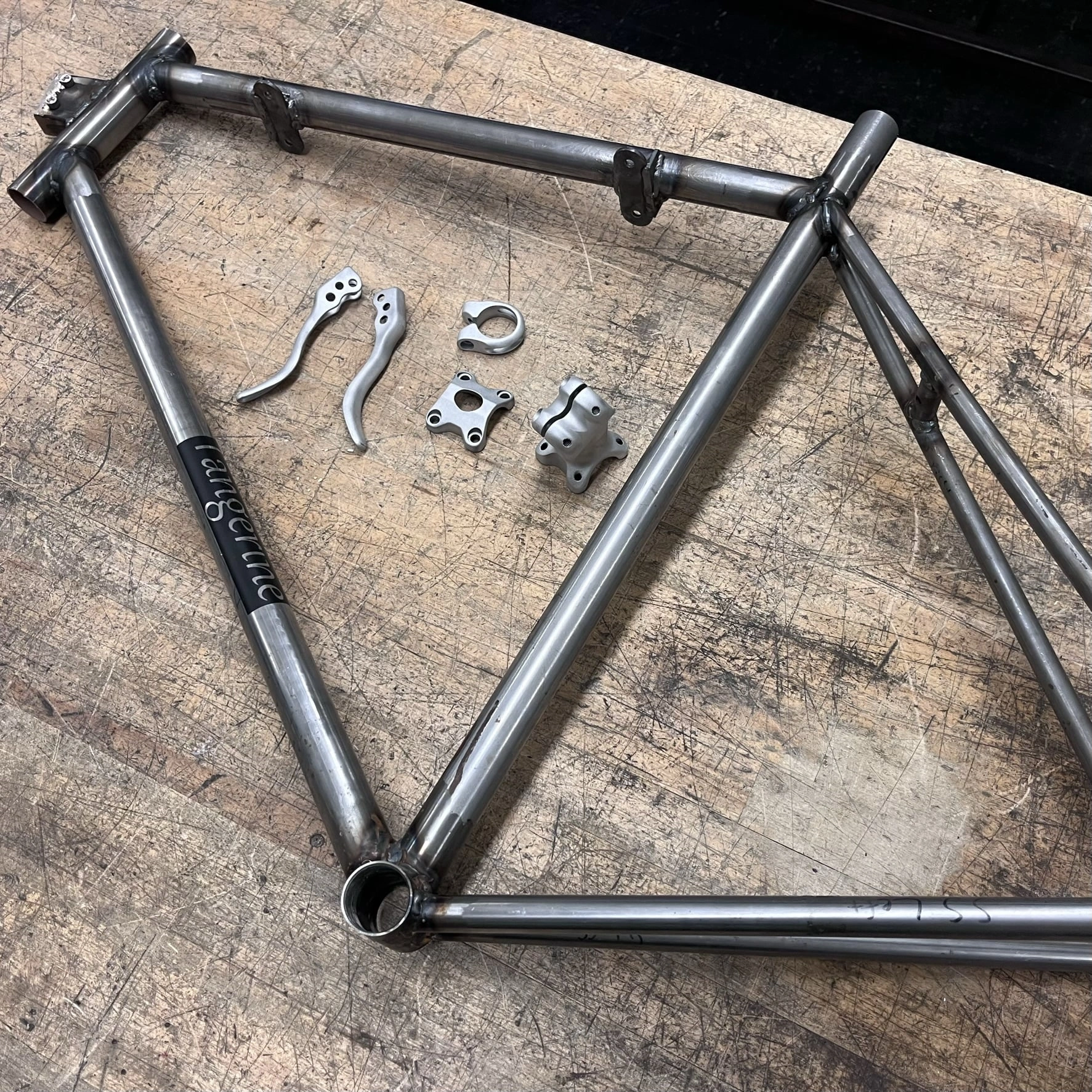
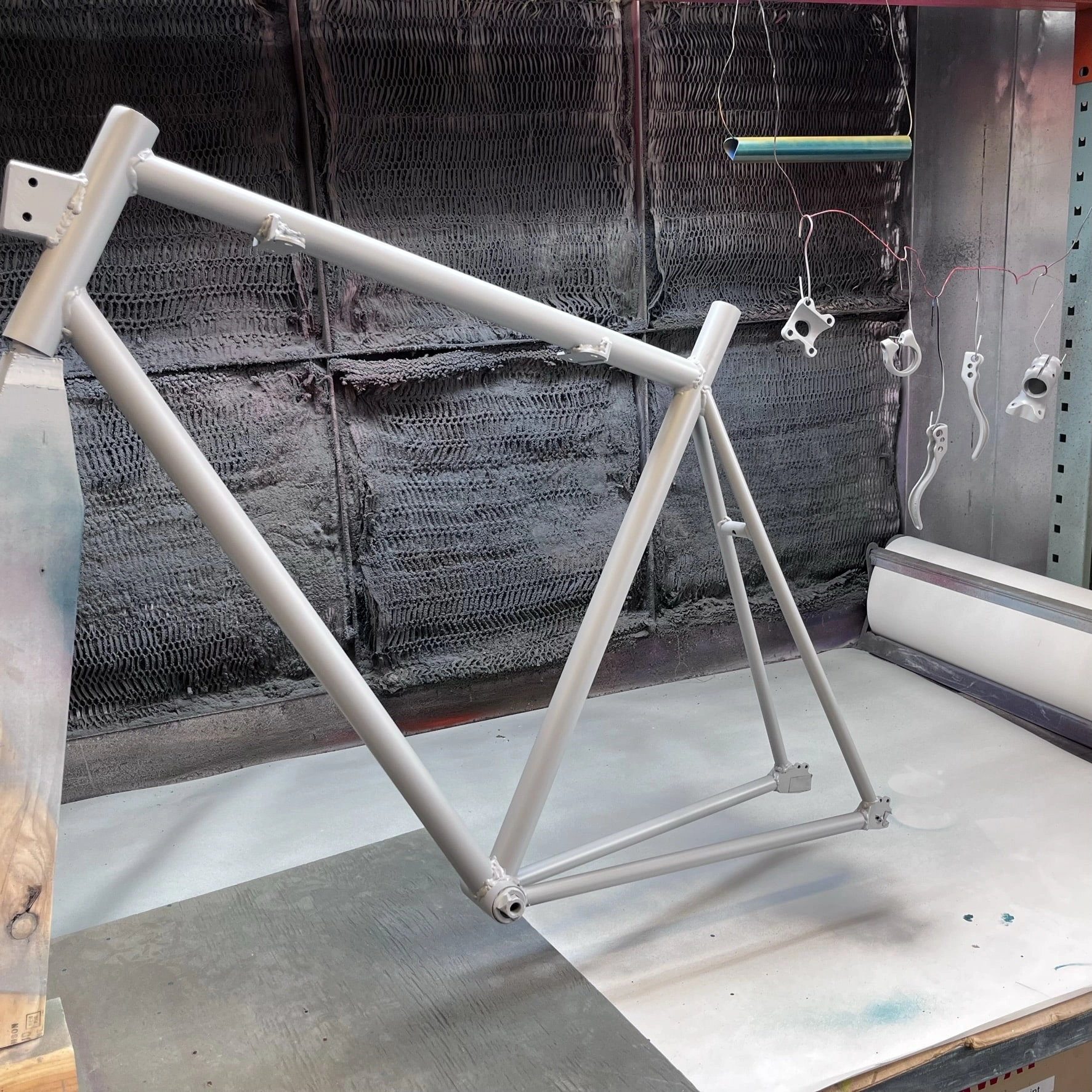
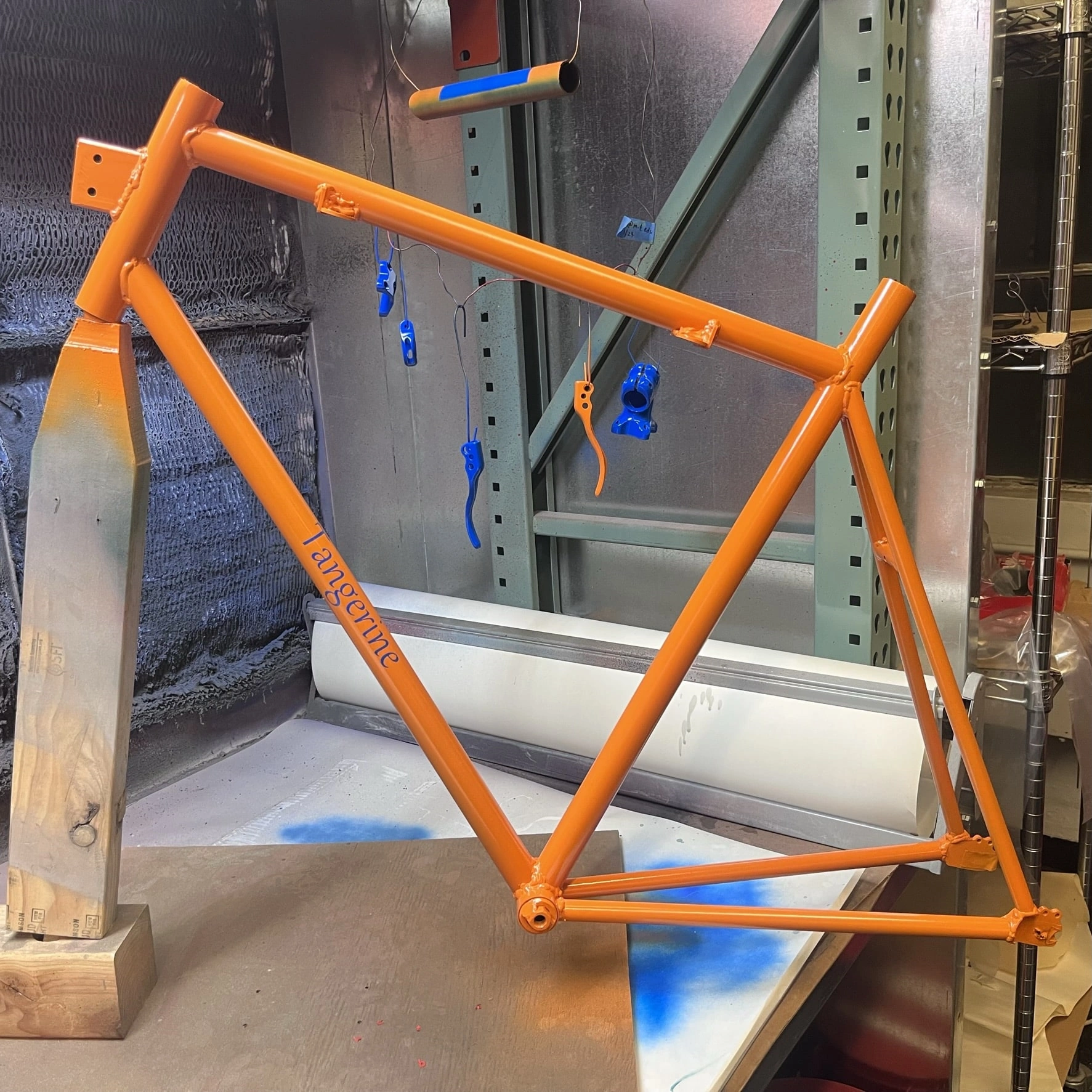
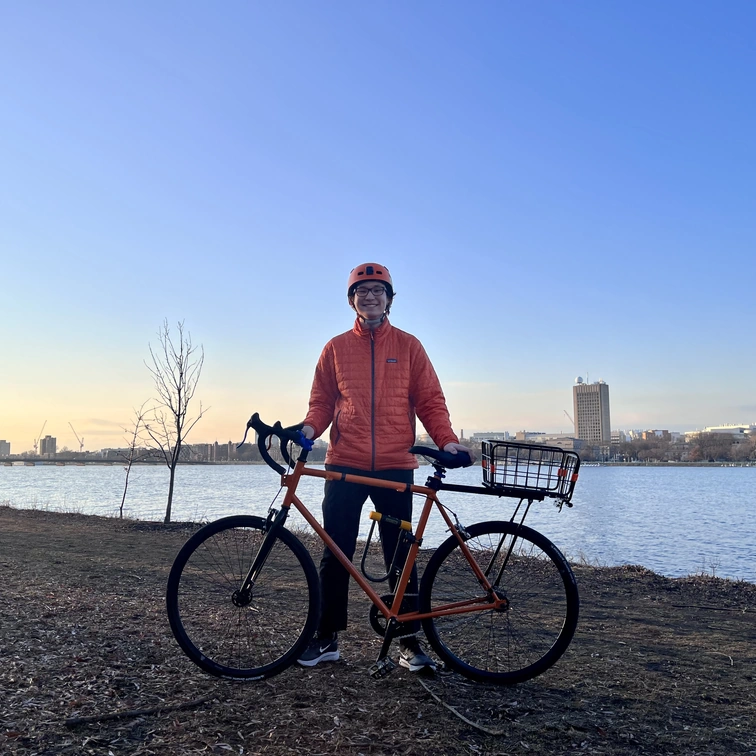
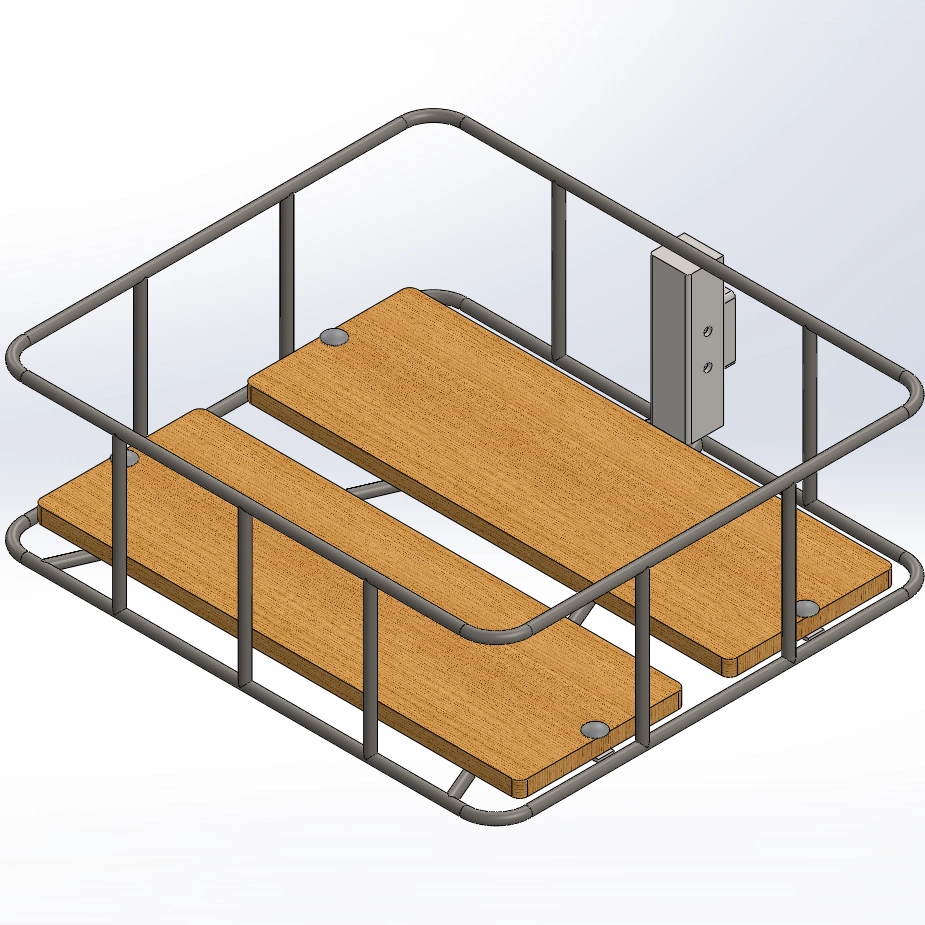
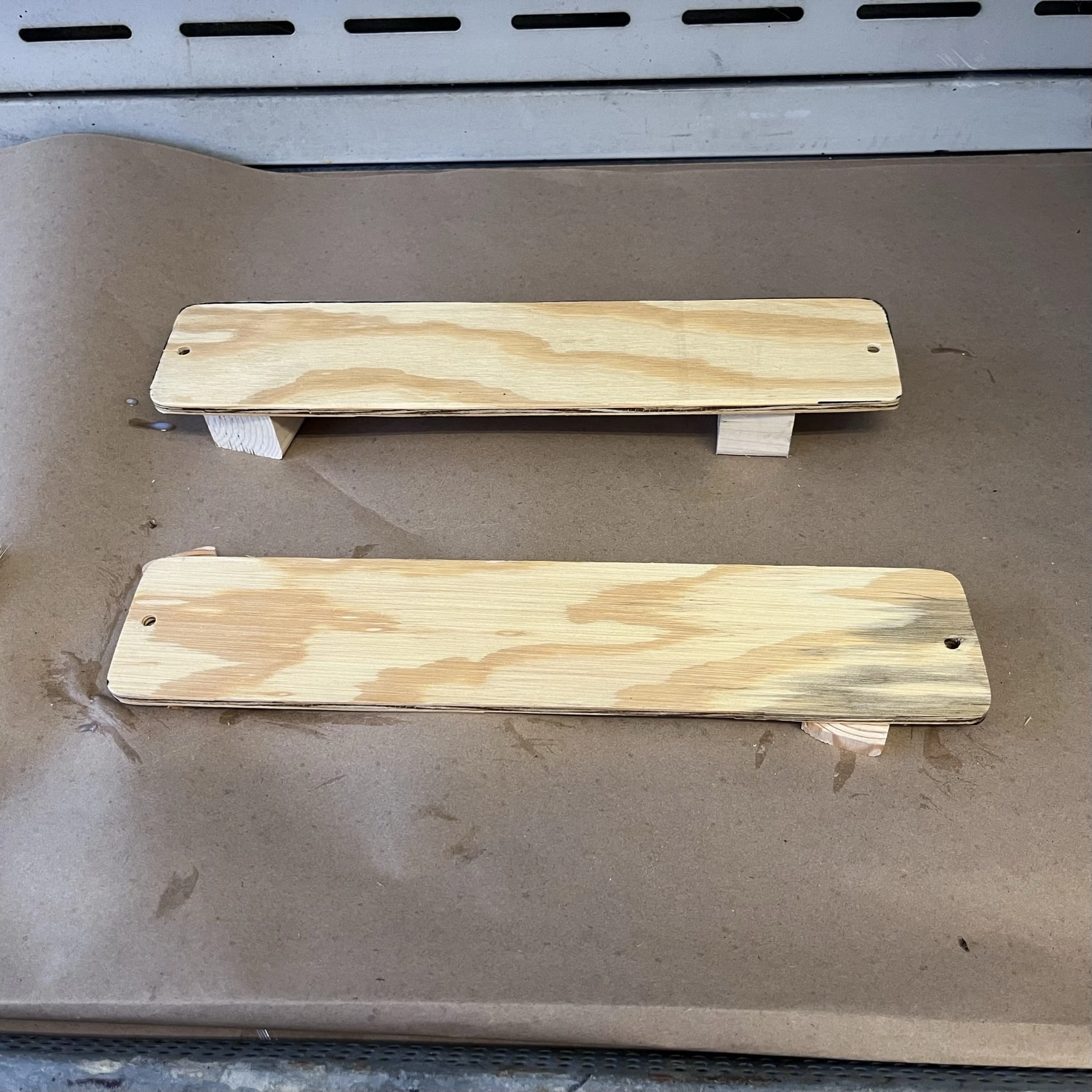
I built during IAP 2023 through the D-Lab class EC.S02 taught by the esteemed Jack Whipple. It's a single-speed road bike with an emphasis on modularity. While the bike was only supposed to take a few days of work to complete, I added lots of details and tweaks to the class design that made the project more fun but also more complex to complete. The steps I took in roughly chronological order are the following:
Thirteen steps doesn't sound so bad for such a good end product, but in reality, there are actually three to ten sub-steps to each step.
Overall, I'm pleased with how Tangerine turned out. There are a few bad welds and already some nicks in the paint, but I did an excellent job for my first bike. The riding feeling is also fairly smooth, but my perception may be somewhat skewed since I haven't ridden a bike seriously in a while. As for the basket, I've made a design but have yet to finish it since I already have a back rack that is sufficient to hold my backpack or my groceries.
I'm excited to ride Tangerine more and all the places we'll go to in the future. I'm also considering electrifying Tangerine using the mounting brackets I welded during the initial construction. I found a front wheel hub motor and have done some research on potential battery packs.
4.52 mi (7.27 km)
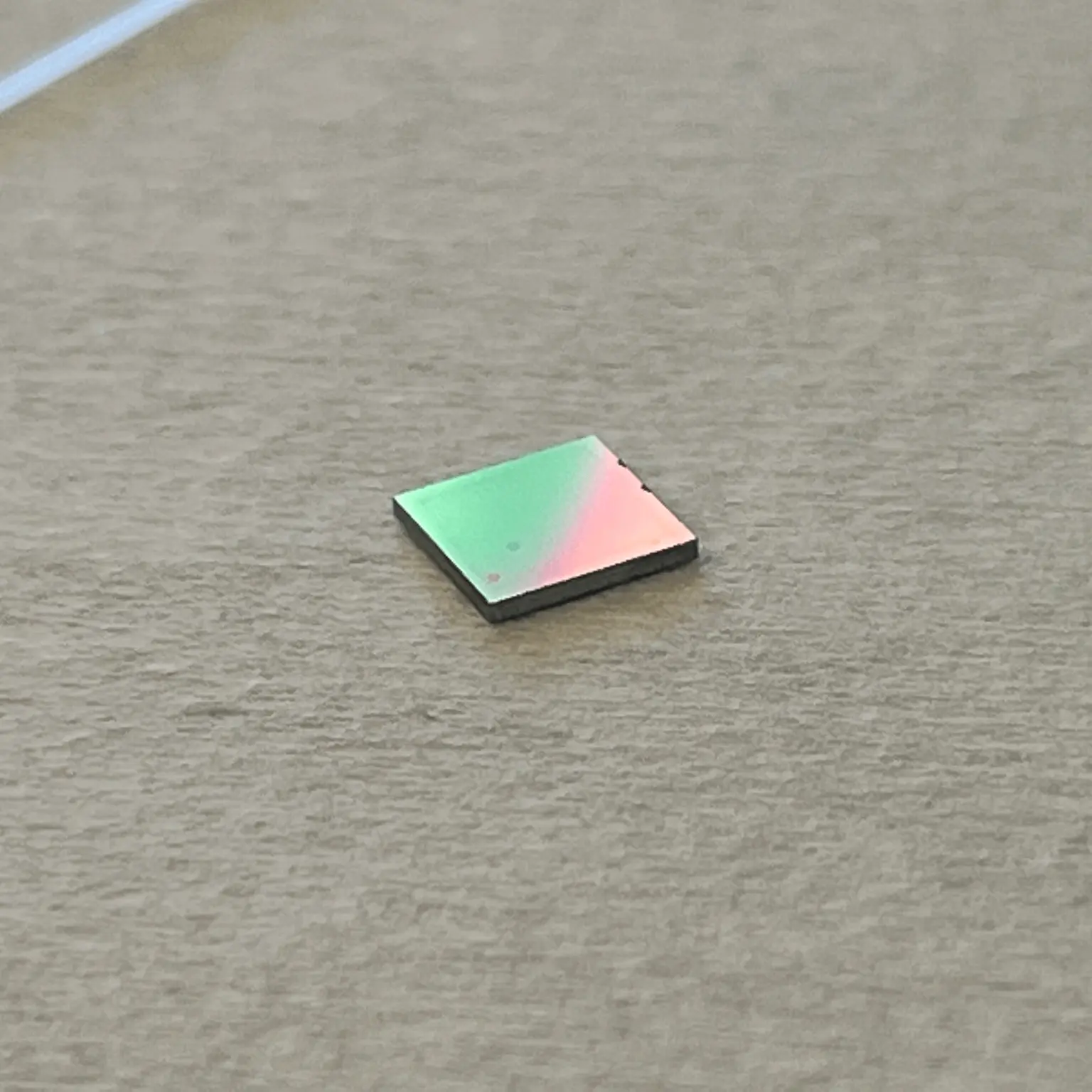
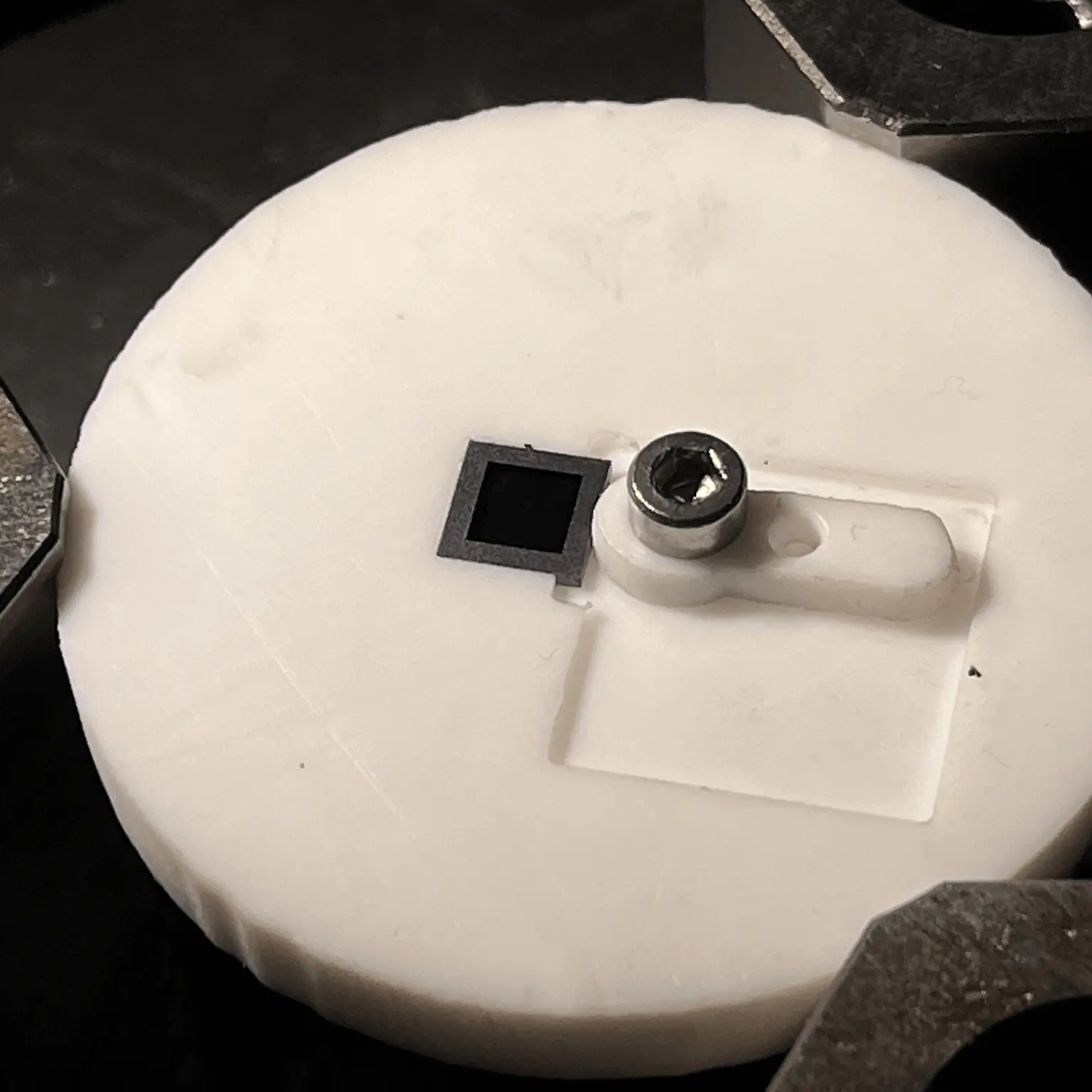
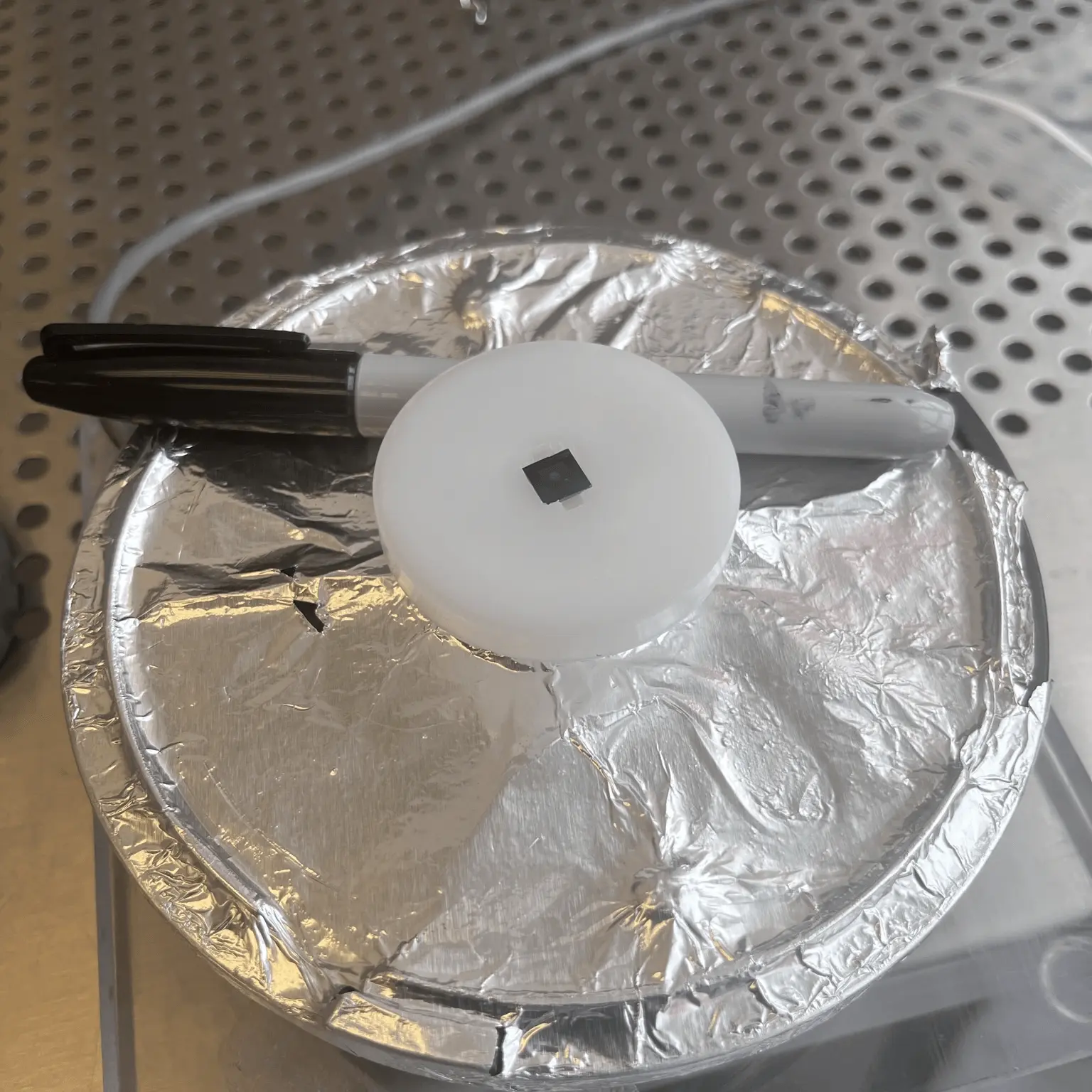
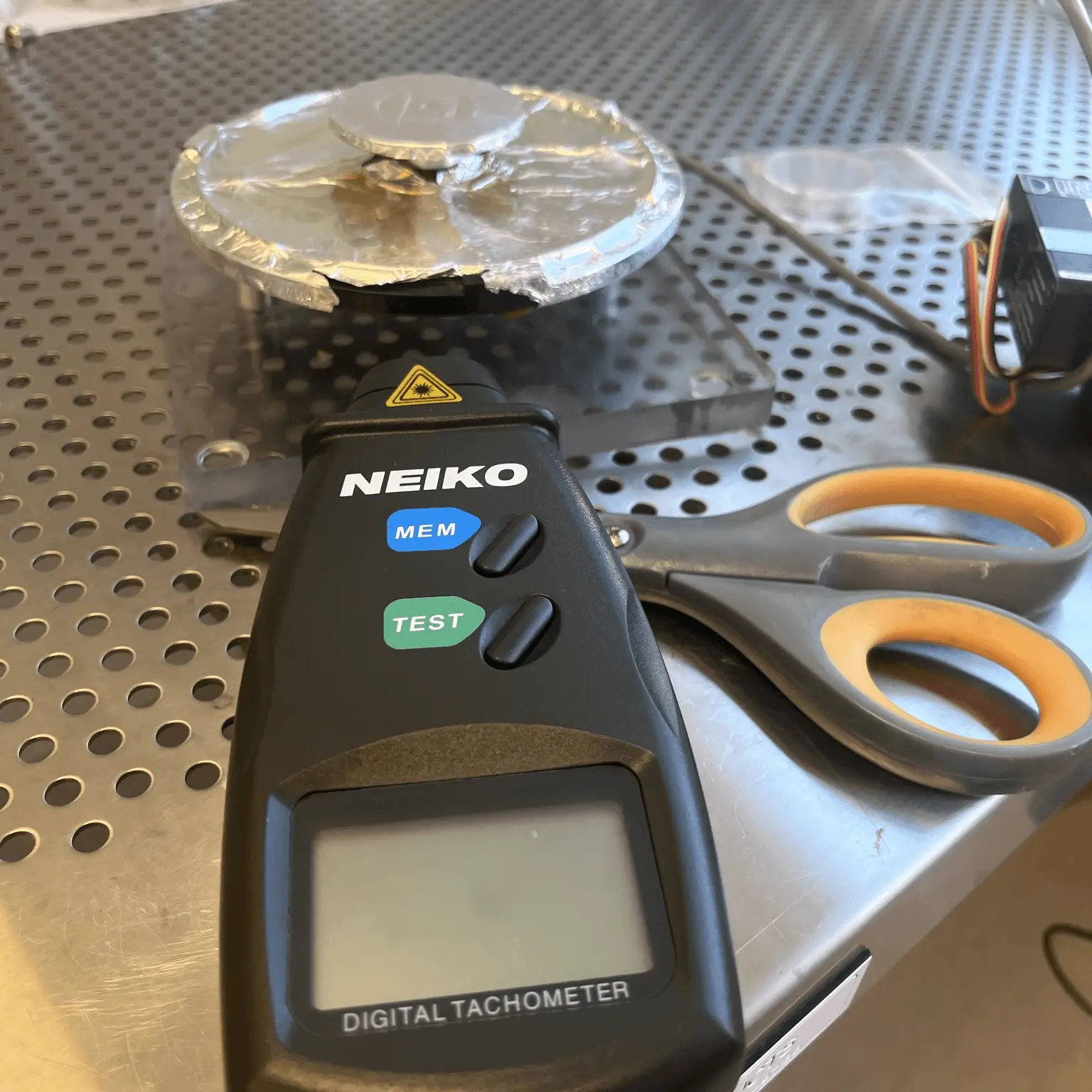
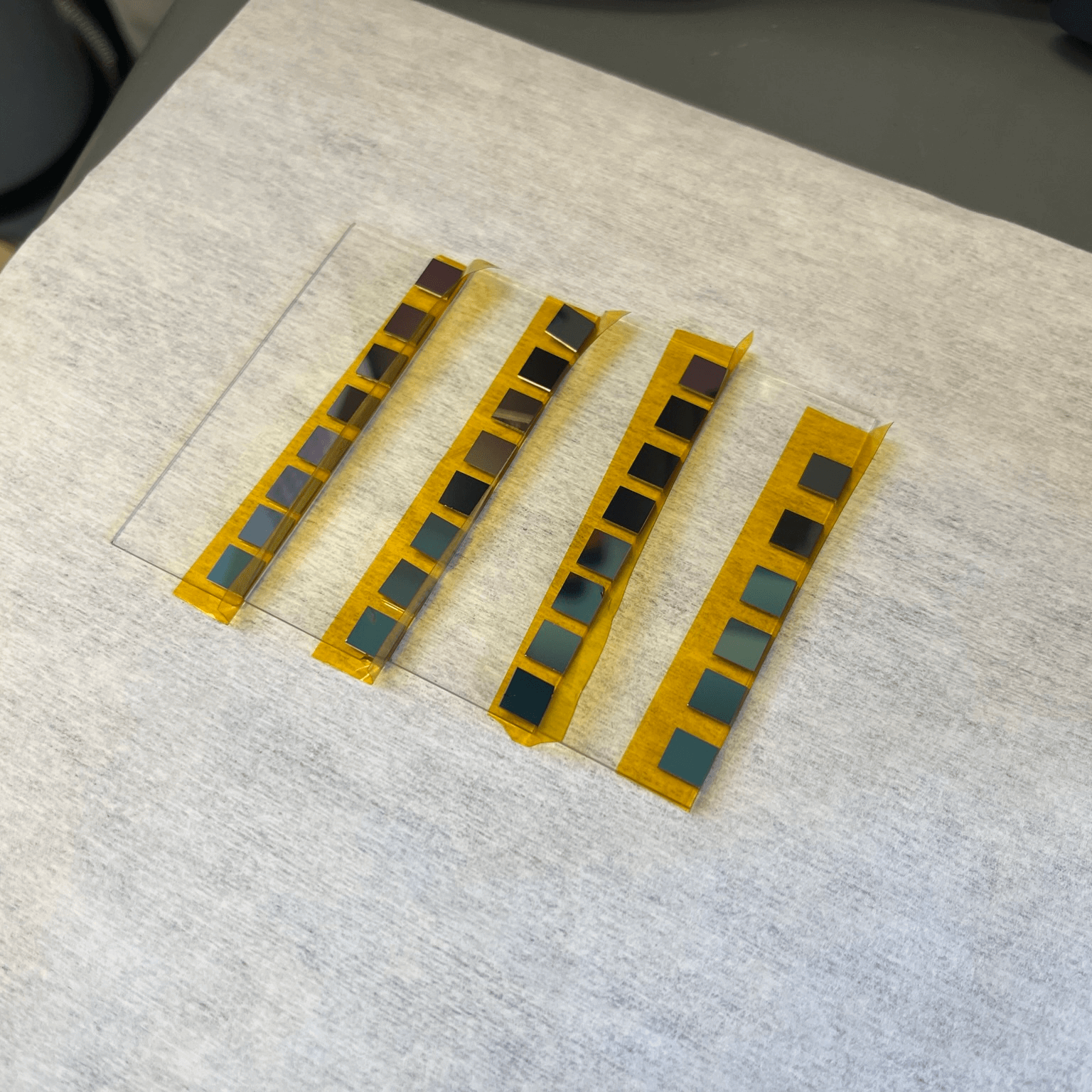
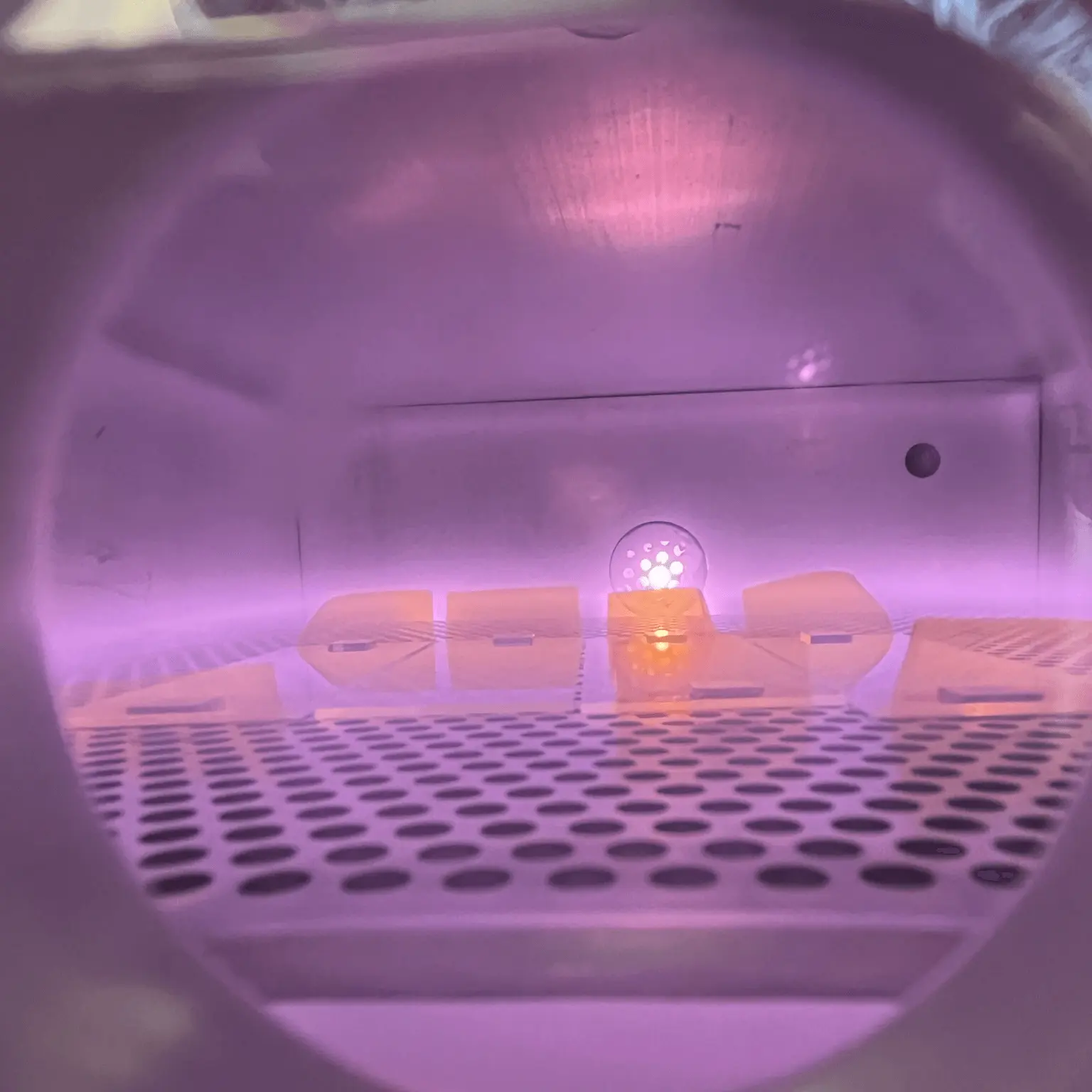
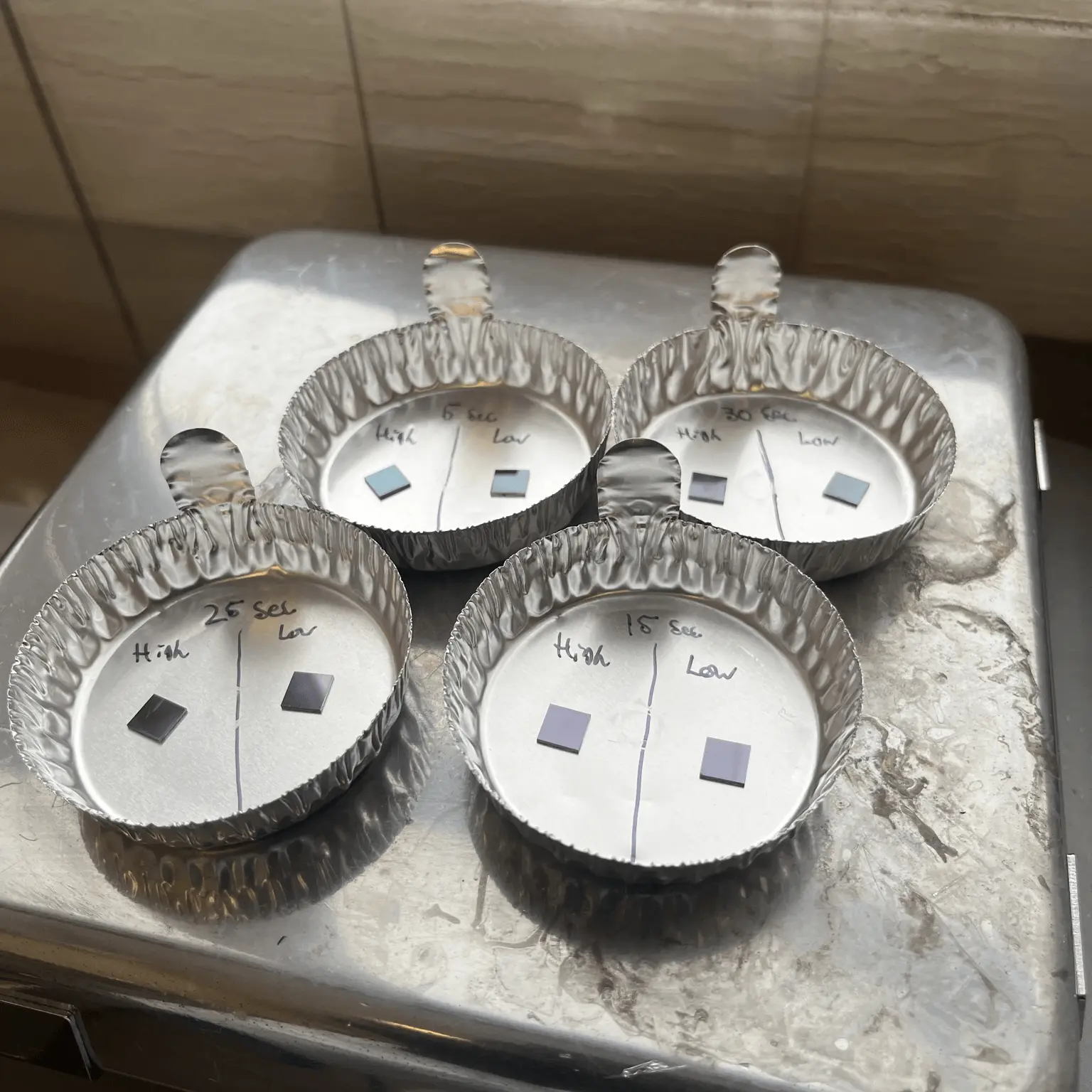
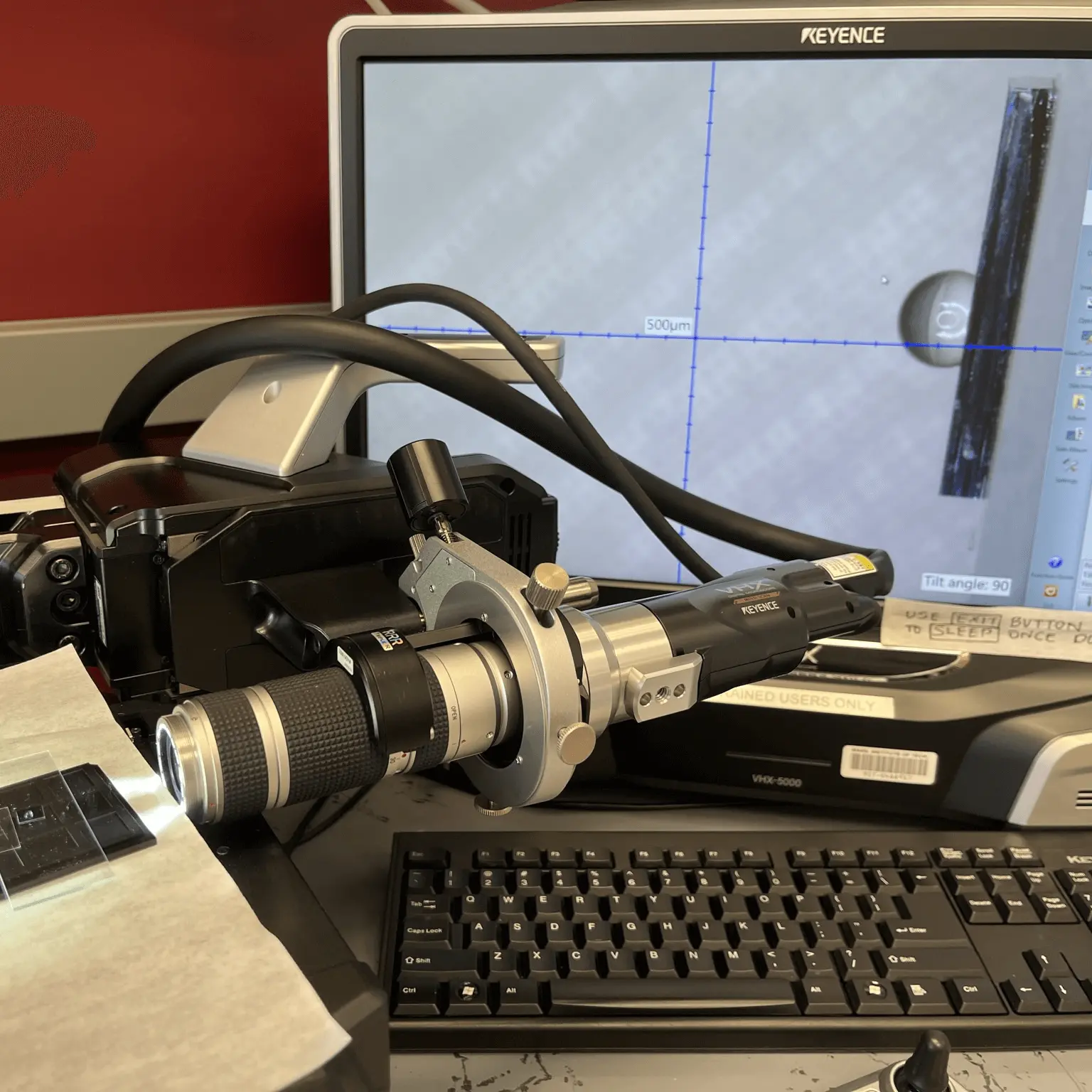
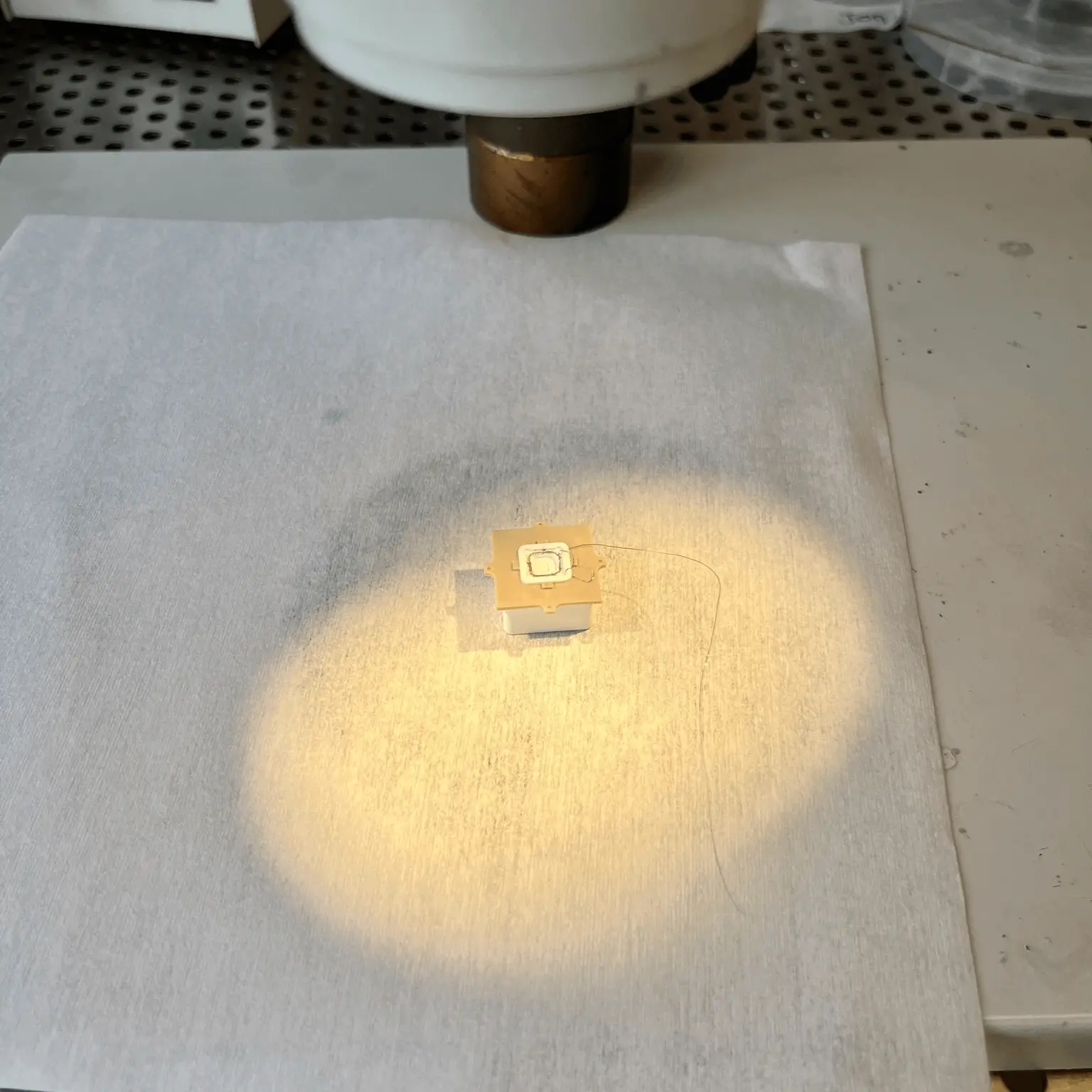
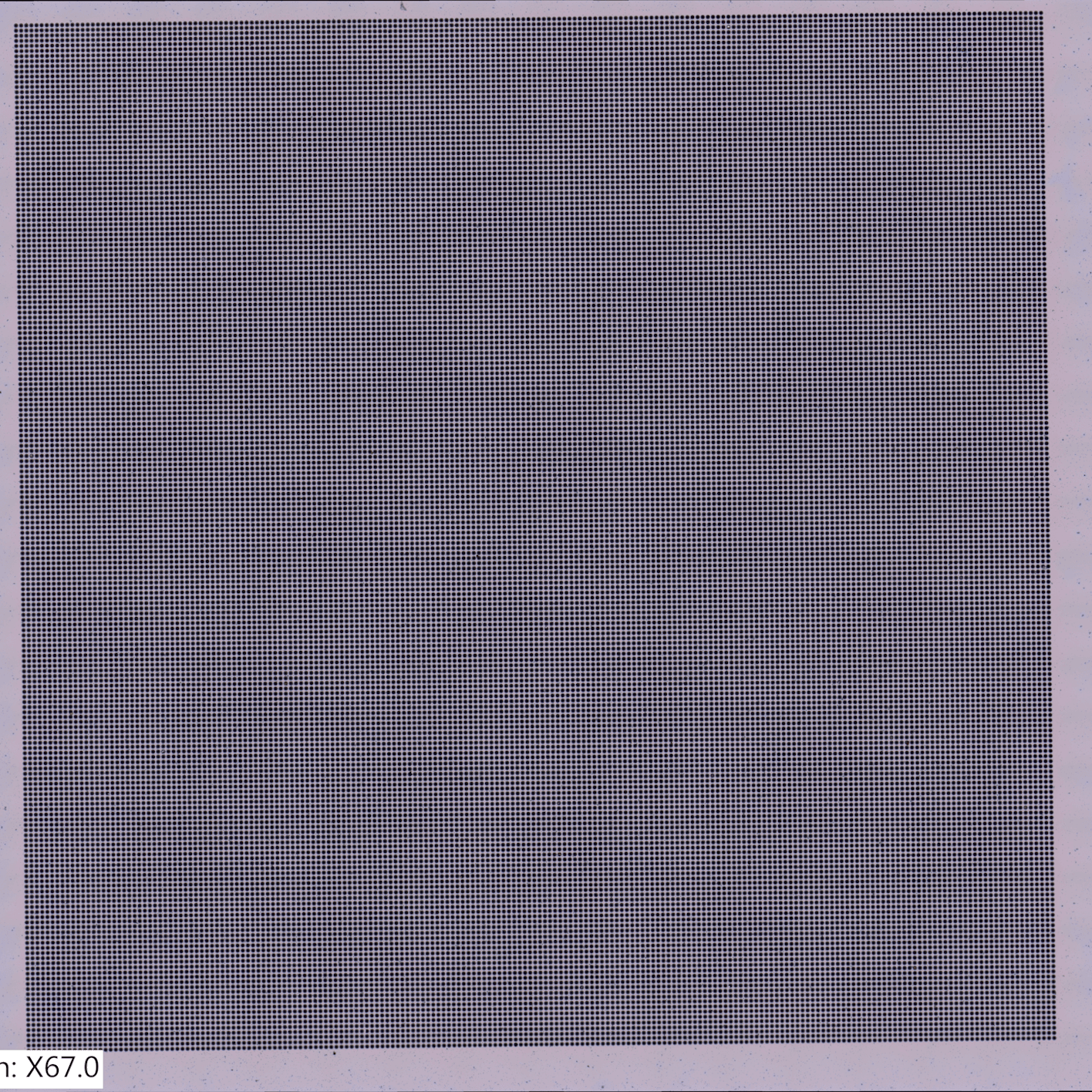
and Spring semester of 2023 (Jan-May), I was helping out in the MIT Space Propulsion Lab (SPL) as a continuation of my UROP work that I've been doing since Jan. 2022. For this more recent work, I was helping to refine the method that SPL uses to coat the special electrowetting valves used in their electrospray ion thrusters. The information is technically proprietary, so to respect that, I'll give a brief overview of my work.
as a UROP summary in the spring 2023 MIT Undergraduate Research Journal (vol. 45). Check it out here on page 27: MURJ.
design and fabricate a new jig (photos 2 & 3) for the spin coating process SPL uses to coat the valves. The spin coating setup ensures that a thin layer of a chemical, Flouropel, is deposited on the active surface of the valve.
they're these silicon chips (MEMS) with hundreds of tiny capillaries microns in diameter in a square pattern (Photo 10), and we coat them in a particular chemical called Flouropel. Once cured onto the silicon valves, the Flouropel increases the hydrophobicity of the valve's surface, meaning that the fuel for the thruster, the ionic liquid, cannot pass through the tiny capillaries going through the valve. It comes down to how the fluid interacts with the surface of the valve, but a higher contact angle (what I'm measuring in photo 8) is better.
unique properties of Flouropel, if we apply a voltage across the ionic liquid and the valve, we can change the interaction between the valve and the thruster fuel. This change from electricity is what makes the valves electrowetting. The electrowetting property of the valve then allows someone controlling the satellite to turn on the thruster by applying a voltage to the valve and allowing the ionic liquid fuel to reach the electrospray thruster.
the new spin coating jig, I then worked to optimize the spin coating procedure SPL was using to find the spin coating settings that produced the largest contact angle. A larger contact angle is preferable since the angle size correlates to how reliable the valve is in preventing ionic liquid from traveling through the thruster. So basically, I was going through the rigorous cleaning and coating process for 34 valves and took over 354 contact angle images to accurately characterize what speed and process was optimal to coat a valve. The intent is that SPL can use the information I gathered this semester to produce the valves needed for the next important mission: STEP-1.
this UROP project was to test one of the valves coated to the optimized procedure in environmental conditions to see whether or not the valve would prevent the thruster from failing during a spacecraft launch. Unfortunately, since there were a few blocks to this and it was the end of the semester, I couldn't certify a valve experimentally. But I'm still looking forward to working with SPL in future semesters for other UROP projects.
